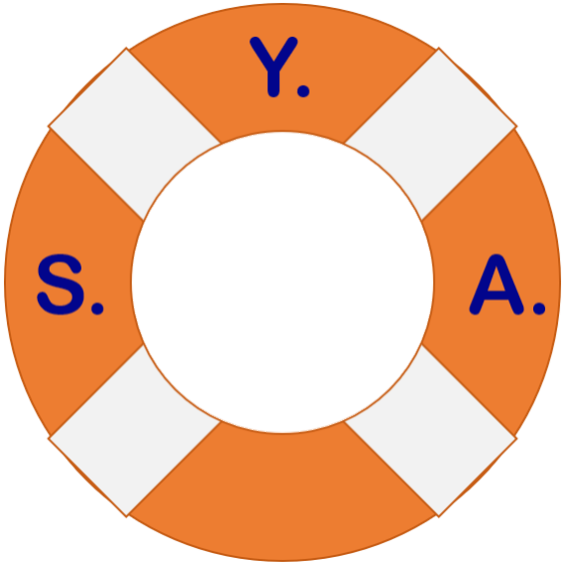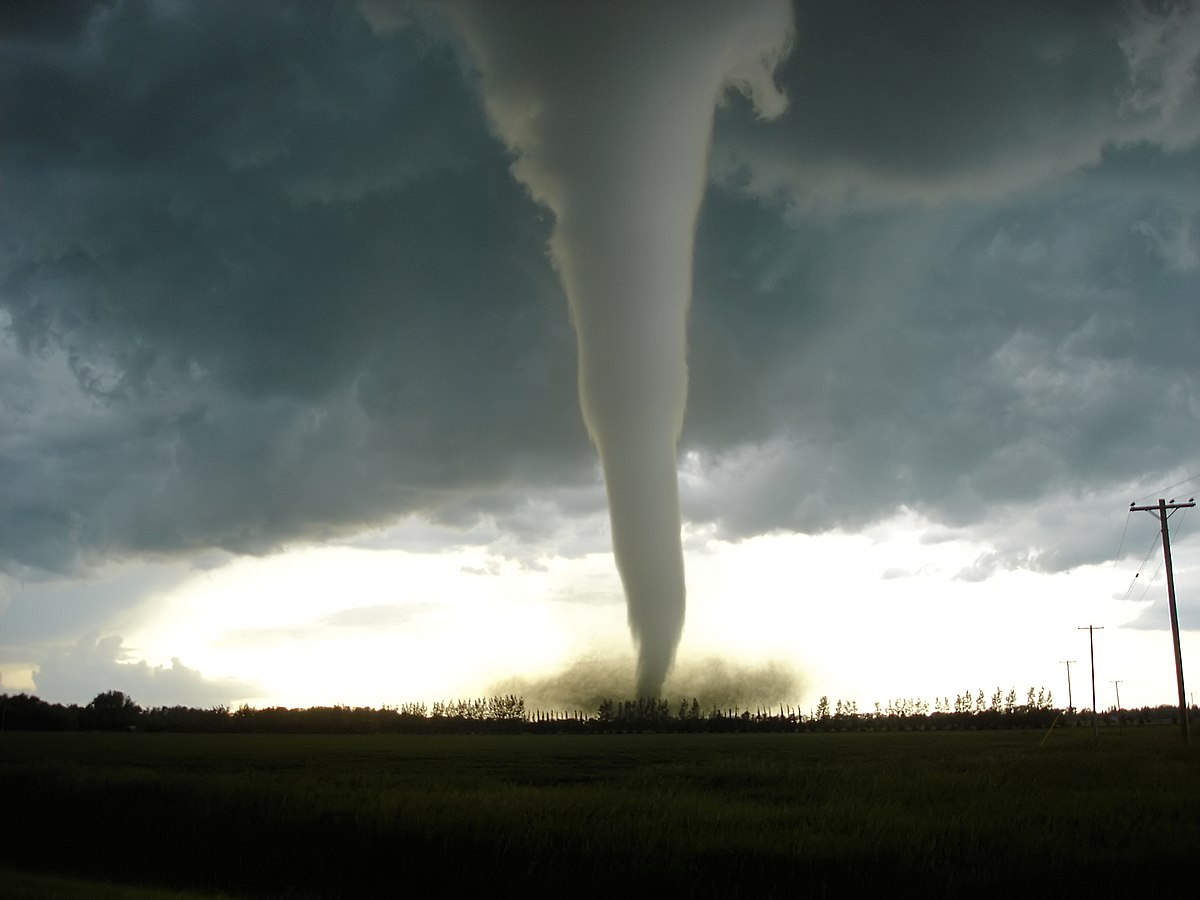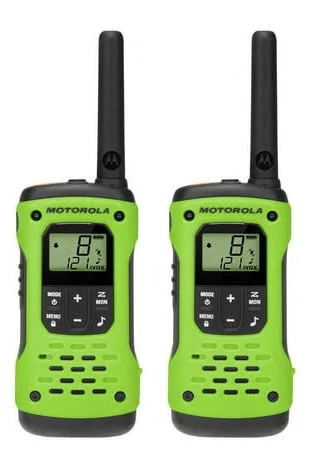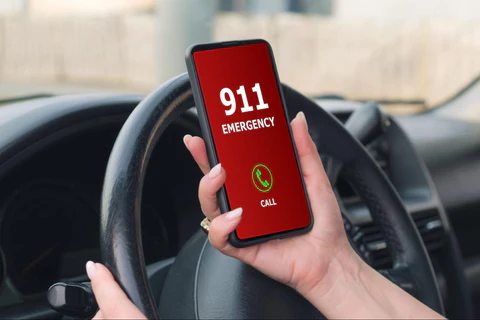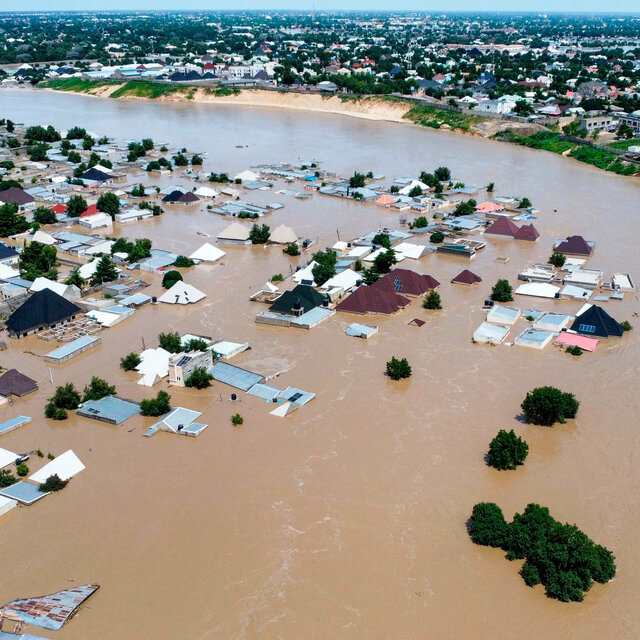Tornado preparedness is not something you should take lightly. While tornadoes can form in the right conditions anywhere in the world, the US is the world capital of tornadoes. The United States experiences on average 75% of recorded tornadoes each year.
Tornadoes have been spotted in all 50 states, however, those that live anywhere east of the Rocky Mountains are at the highest risk of one.
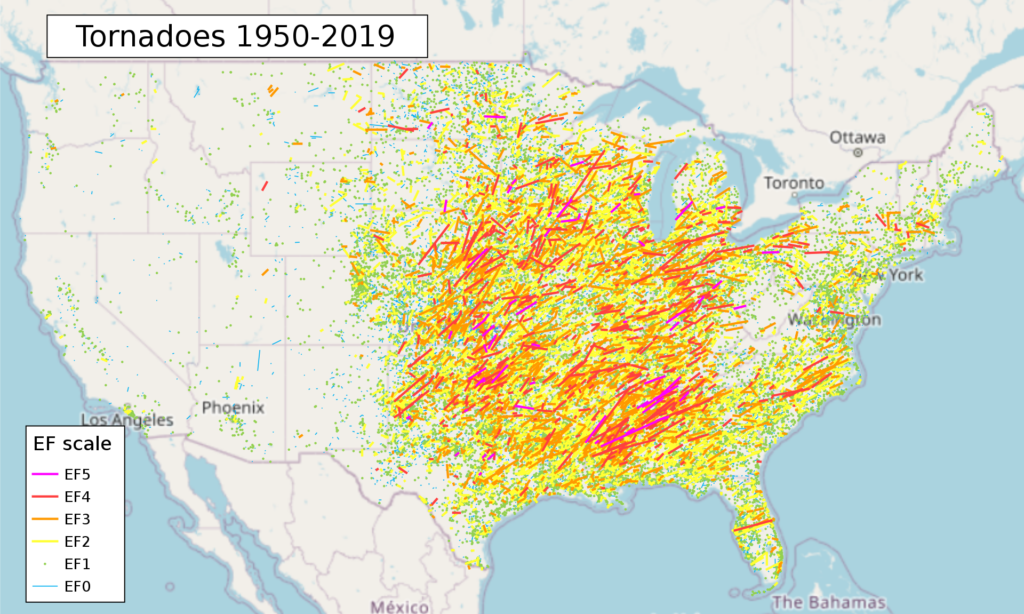
I wrote this article now so that you have time to acquire supplies you may need before the season peaks in your location.
When is the risk the highest
While tornadoes can occur at any time of year there are peak months when a tornado is much more likely to form.
- Southern Plains (Texas, Oklahoma and Kansas): May into early June
- Gulf Coast (Louisiana, Mississippi, Alabama, Georgia, Florida): Early Spring in to summer
- Northern Plains and Upper Midwest (North & South Dakota, Nebraska, Iowa, Illinois, Wisconsin, Minnesota, Indiana: June and July
Keep in mind that these are historical averages. Climate change is impacting historical norms and we are seeing more severe thunderstorms and tornados outside these timeframes.
What time of day is most dangerous?
Tornadoes can occur at any time of the day or night but are most common between 4pm – 9pm.
Watch vs. Warning
Watch: Issued when weather conditions that are favorable for tornadoes and severe weather are present.
Warning: Means a tornado has been reported by spotters or indicated by radar and there is a serious threat to those in the path of the tornado. If a tornado warning is issued for your area, seek shelter immediately!
How to prepare
There are several things you can do to prepare for a tornado:
Locate a designated safe area in your house
This should be a small structurally sound space with no windows in the lower center of your house like a small bathroom or storage room.
If you have a basement stay away from windows and take shelter under the stairway or a heavy piece of furniture that could support the weight of the floors above you if they collapse in.
Have a bugout bag
Your intention may be to shelter in-place and ride out the storm, however, you may find yourself in a situation where you are forced to evacuate or flee your home. Having a bag of supplies ready to go at a moment’s notice is critical when seconds count. If you aren’t sure what a bugout bag is, click here to see “What’s in my Bugout Bag?“
Have a communication plan
It is important to have this setup before the tornado hits. A single piece of paper that has all your important phone numbers, insurance numbers, e-mail addresses, etc. After the tornado hits, your cell phone may be lost in the rubble or damaged. It can also run out of charge and who memorizes phone numbers these days let alone insurance numbers.
Have a primary and backup meetup spot
If you are not all in the same spot when the tornado hits, have designated areas to meetup up at once the storm subsides. Have at least a primary and backup location as flooding and damage to infrastructure may not make it possible to get to one of your locations.
Tornado Emergency Kit (Shelter In-Place)
Above I mentioned having a bugout bag ready in case you need to evacuate. Many of the items on the list below are items that can be part of your bugout bag as well so whether you shelter in-place or bugout you have what you need. Only you can decide what is most important to put in your kits, but these are strong recommendations.
Communication Options
It is very important to stay informed of the progress and path of the storm. This will allow you to make the most informed choice on whether to stay or go and when to seek shelter.

Emergency Weather Radio: Preferably one with a crank that you can charge up as necessary. Many of these come with a flashlight, emergency flasher and can charge a cell phone. In addition to weather bands, they have AM/FM radio as well to get information. The best ones can be recharged by a crank, small solar panel or by being plugged into another battery bank to charge.

Smart Phone: Most of us have one these days but keep in mind that the cell tower infrastructure (or your phone) may be damaged or destroyed. With power out you might not be able to get a signal.
That said, this multi-functional device still contains your phone numbers, email-addresses and critical apps for your banking, social media and insurance. It has a camera for taking pictures and video of the damage and a flashlight to navigate the dark. If you have signal you can use it to communicate in a variety of ways to let people know your status. Consider all the apps your phone has, or you can download for free.
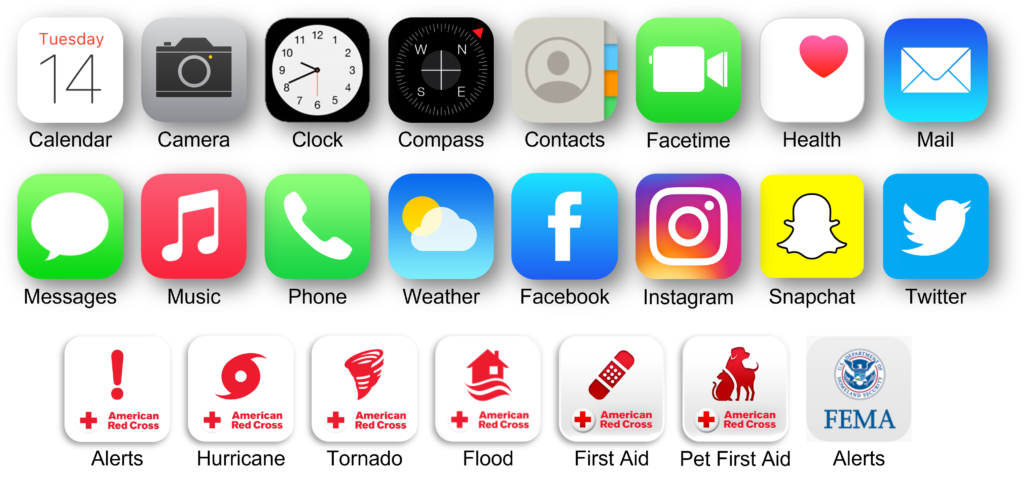
Stress of the disaster getting to you? Play some music or a game to pass the time and relax as best you can. Just remember to keep it charged as the battery can drain quickly when using it frequently.

Two-way Radios: Most likely the only method of communication in the immediate aftermath of the storm while power and communication are being restored. Some models include weather channels, flashlights, emergency flasher, and have accessories available.
Lighting Options
One of the first things to go out during a hurricane is usually power. You should have a variety of light sources available such as:
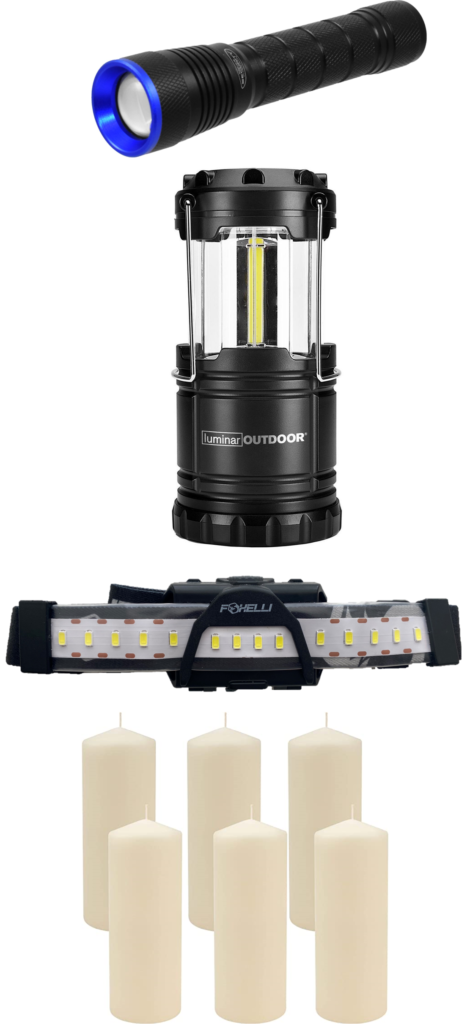
- Flashlights: A small portable flashlight is the bare minimum you should have.
- Lanterns: Provides better illumination of a room or area.
- Headlamps: Give you the ability to have focused hands-free lighting where you need it.
- Candles: Preferably long-burning ones. The old standby if your batteries run out.
I wrote an article in 2021 on Portable Lighting with more information to help you.
Power Options
Extra Batteries: for any devices that require them. You don’t want to run out.


Rechargeable Battery Station: come in a variety of sizes to power small appliances or recharge devices. Some have solar panels that can recharge the battery during the day.

Gas Generator: provides the ability to run more power hunger appliances and devices.
Check out my article from April on Rechargeable Battery Packs to see why you should have some.
Food & Water
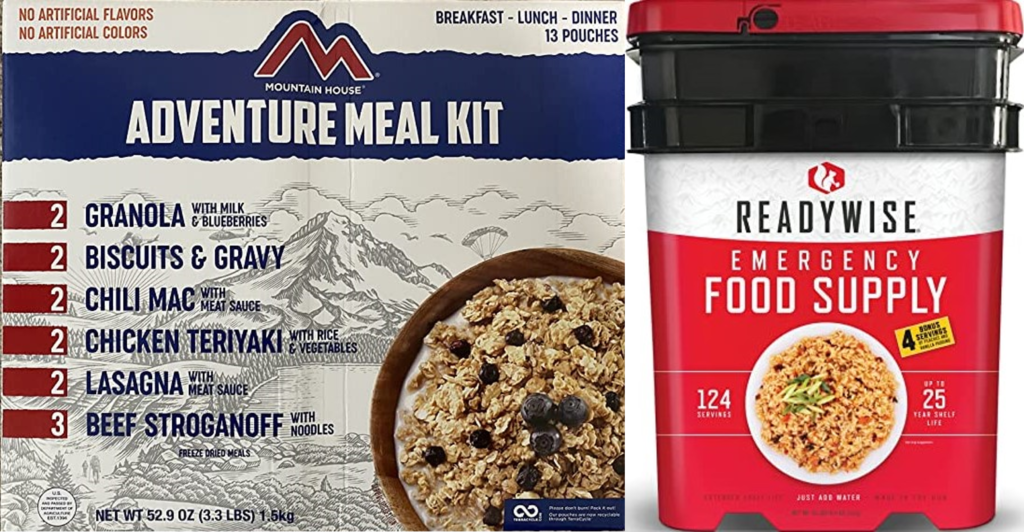
Food: Non-perishable food to last you and your family up to 2 weeks. There are many brands of dehydrated or freeze-dried foods available. Some have a shelf-life of 25-50 years if stored properly. A good investment if you live in a tornado prone area.
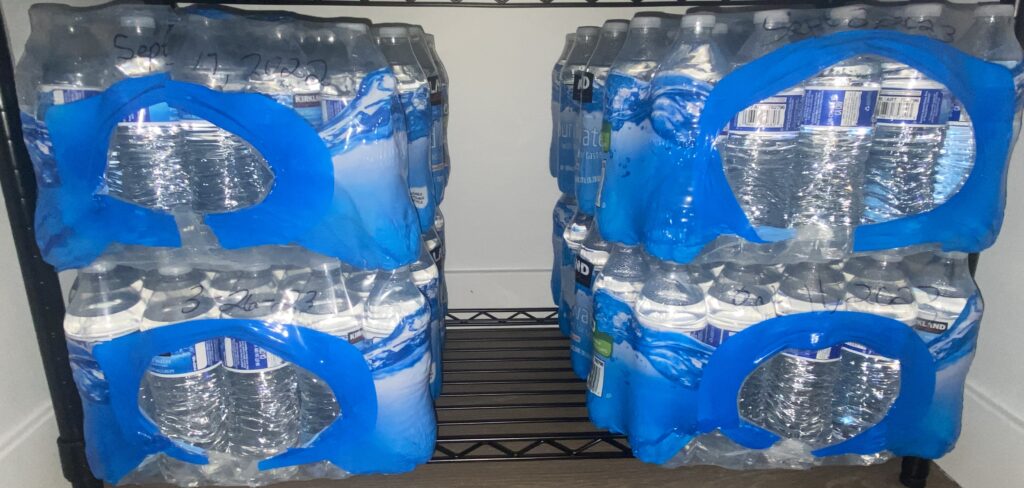
Water: Bottled water to last you and your family up to 2 weeks.
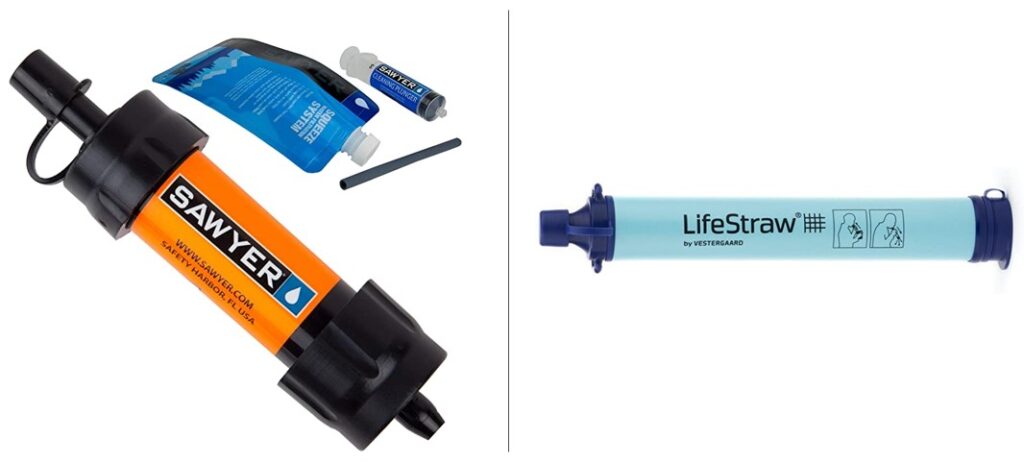
Water Filter device: Something like a LifeStraw that can filter water if you run out of bottled water.
My article “Emergency Stockpile – Should you have one” and “Water Storage – Should You Have Some” both go into more details.
Tools, Gear & Supplies

Cooler: To keep perishable items from spoiling. More modern rotomolded coolers (Yeti, Rtic, etc) are very good at keeping ice and items cold for longer periods of time than traditional coolers.
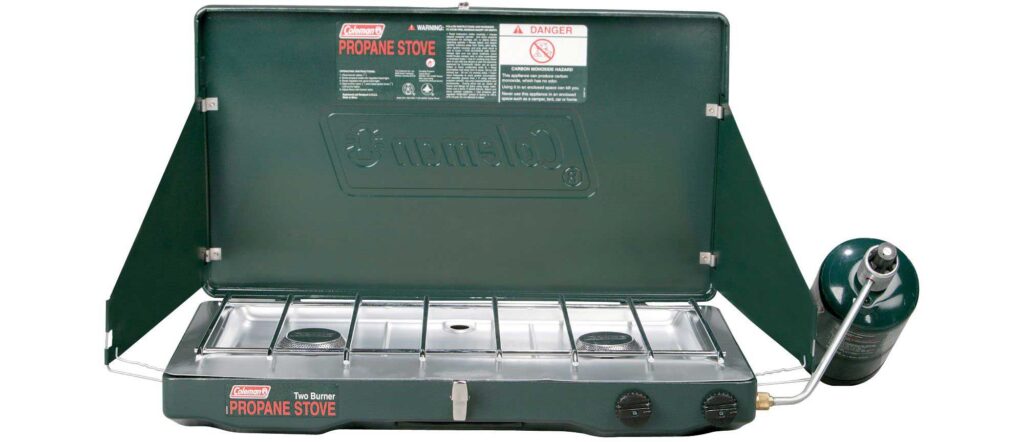
Camp Stove & Fuel: Electricity will mostly likely be out for several hours to several days, so you need something to cook on.
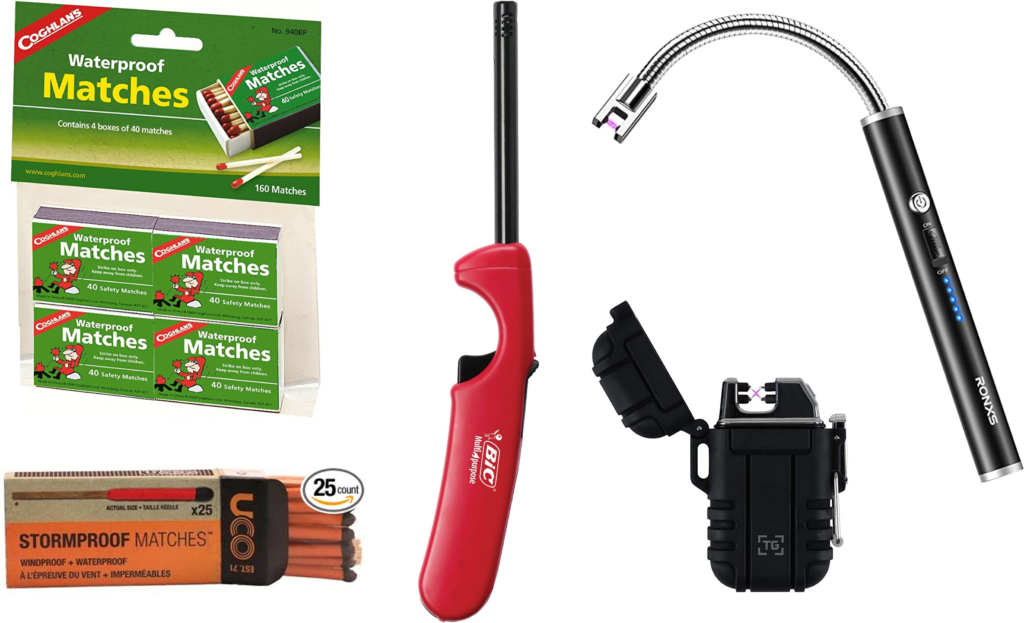
Waterproof Matches, Lighter, Plasma Lighter: You need something to light your camp stove or candles.

Multi-tool, Pocket-knife, Utility knife: You never know when you may need this. I find myself using one more often than think I will.
Shovel: You might need to clean up some mud or other debris from flooding.

Portable saw: A bow saw, or folding saw can come in handy when clearing/cleaning up downed trees and branches or damaged structures.
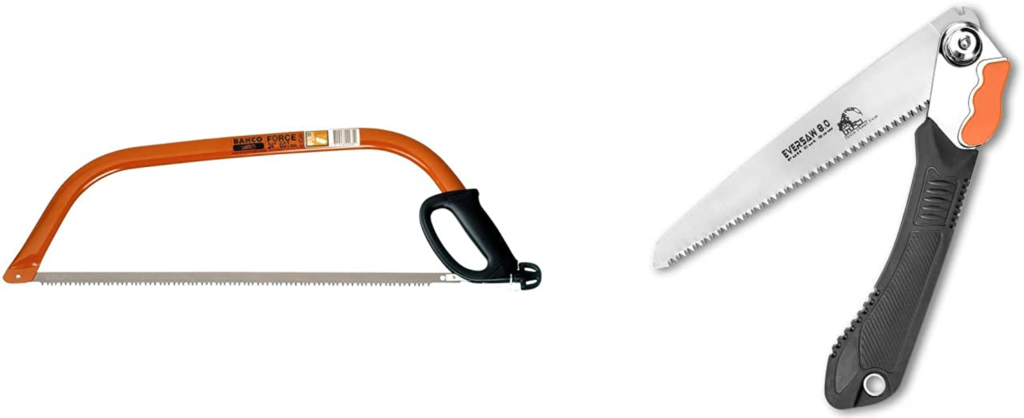

First Aid Kit: Hopefully you never need to use it but it is best to have. Whether you sustain injuries during the storm or after while trying to cleanup or move around, you need the ability to treat wounds to prevent infection. Check out my article “Building a First Aid Kit is Easy” to build your own.
Jumper Cables / Portable Jump Starter: May be necessary to get your vehicle going or help someone else.
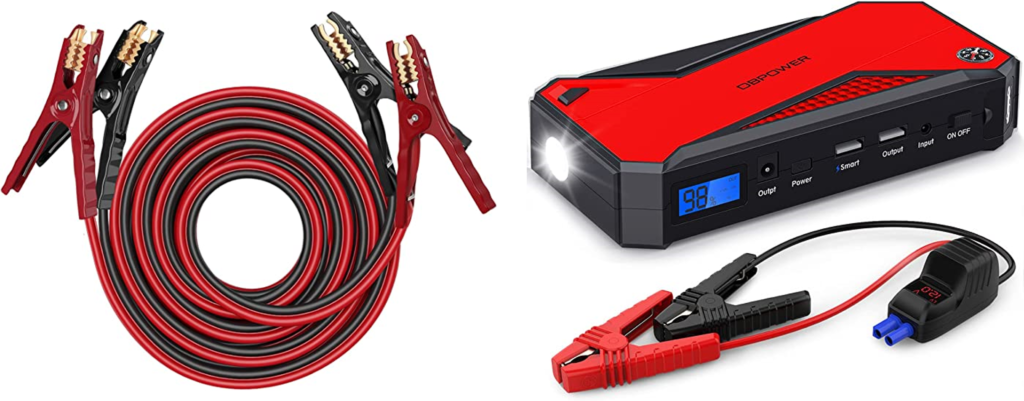
Bucket or Portable Camp Toilet: Storm or not, mother nature will continue to call and you need someplace to go if water service is out.
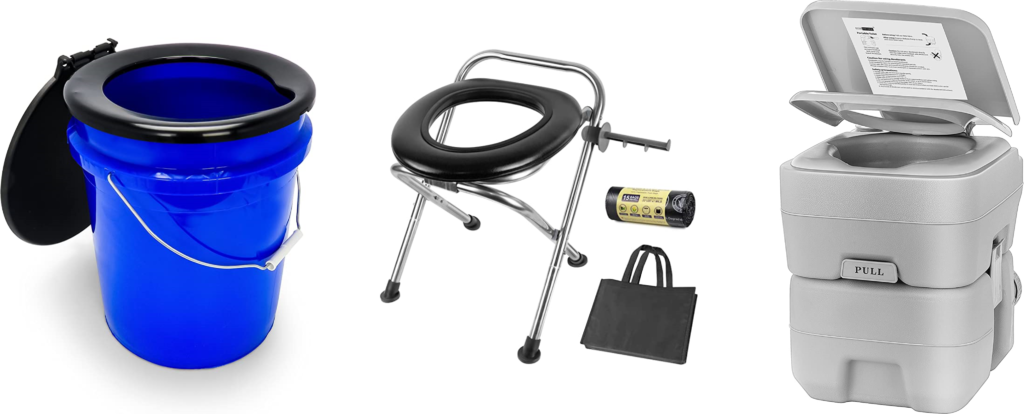
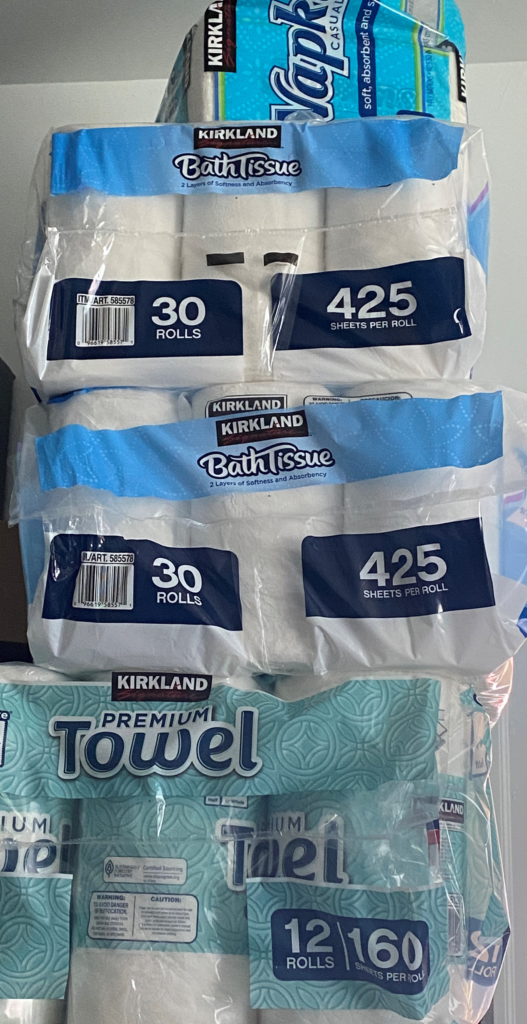
Paper Goods: A disaster is not the time to run out of toilet paper.
Are you ready?
While you may be able to eventually obtain relief food and supplies from various aid agencies like the American Red Cross, keep in mind it will take a minimum of several days if not a week or two before they will be in a position to help you. What will you do until then if you have not prepared?
More information
- Ready.gov: This website has additional information to help you prepare for not only Tornadoes but any other disaster you may face where you live. I’ve included their tornado quick reference for you to download.
- Severe Weather 101: Tornado Basics (noaa.gov): This site can provide more information on the basics of tornadoes and other severe weather phenome associated with tornadoes
- Tornado | National Risk Index: The county level map showing risk of a tornado.
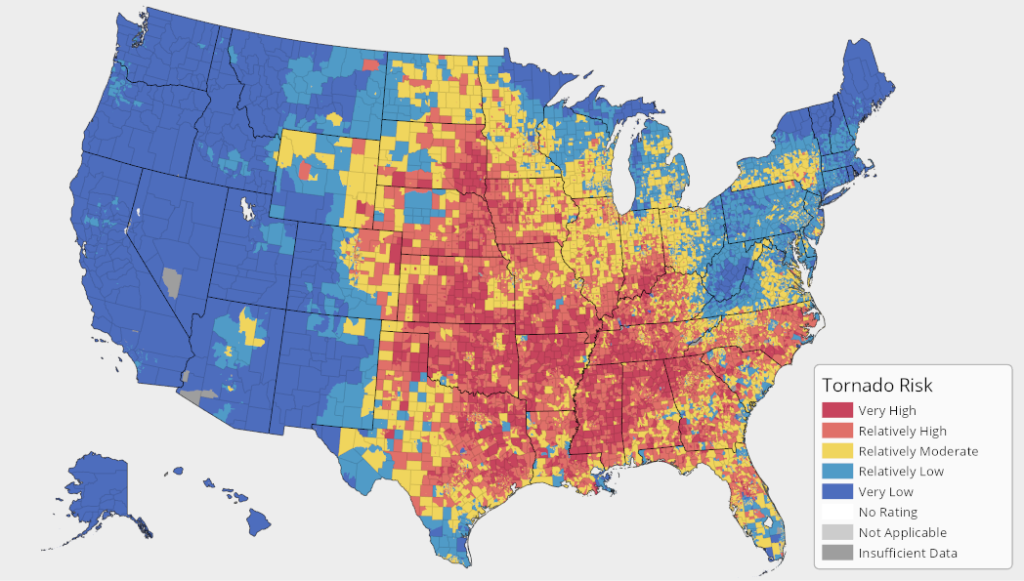
- Hail | National Risk Index: This site from FEMA shows the risk of hail which is a very damaging aspect that can accompany tornadoes. Even if you don’t experience damage from the tornado itself you can suffer damage from hail.
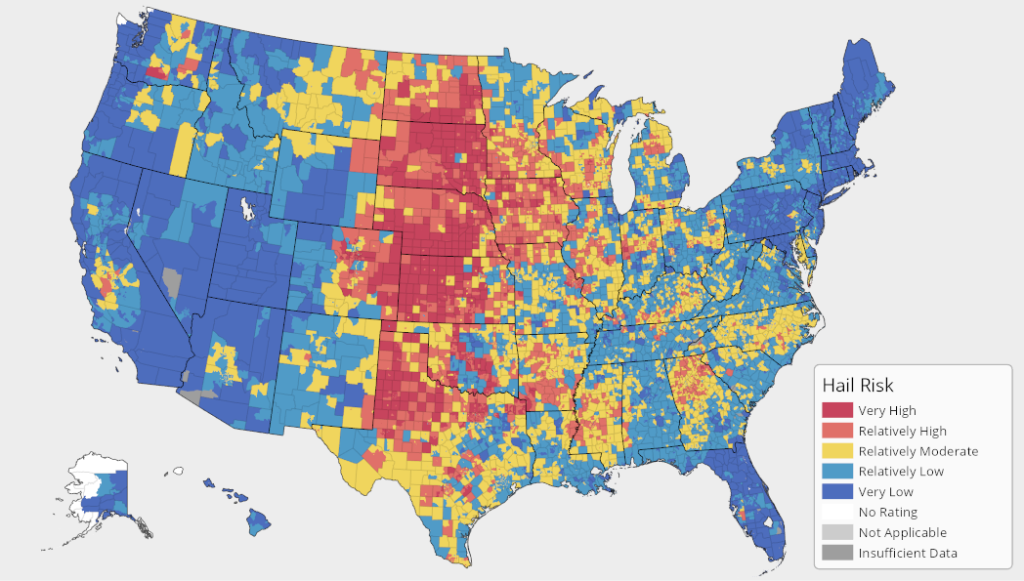
Don’t be a victim, be prepared
Last Updated on March 30, 2023
